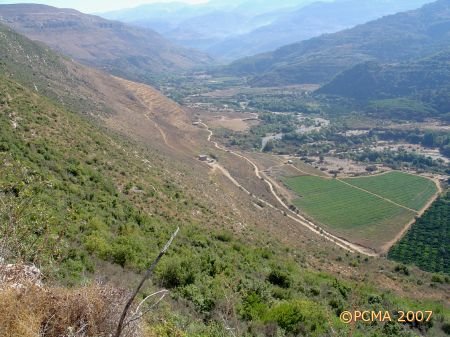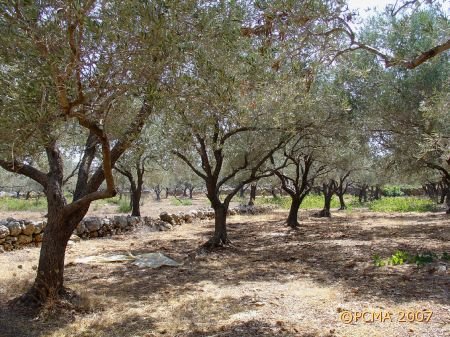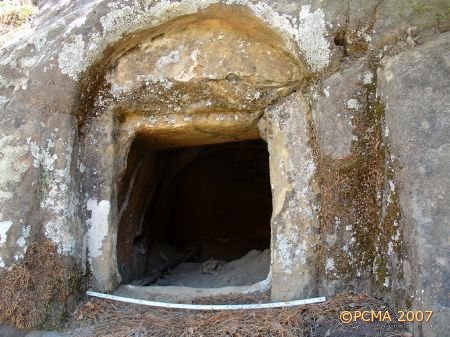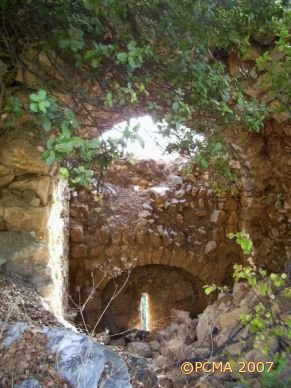Chhim, Jiyeh, Kaftun, Eshmoun Valley (Lebanon)
The volatile situation in the region and the outbreak of direct hostilities in Lebanon interrupted plans for the 2006 season. All the expeditions were cancelled and this included:
The team in Chhim, directed by Dr. Tomasz Waliszewski, where excavations are gradually drawing to an end. In 2005, sections of the temenos of the Roman temple and earlier layers under the tower in the southeastern end of the site were investigated, as was also another oil press.
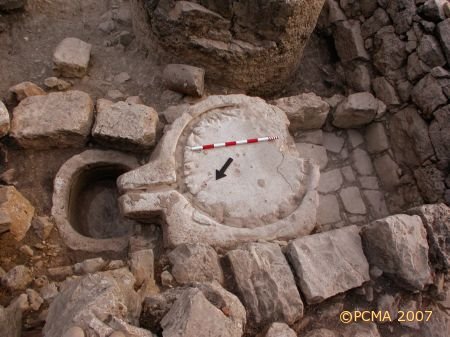
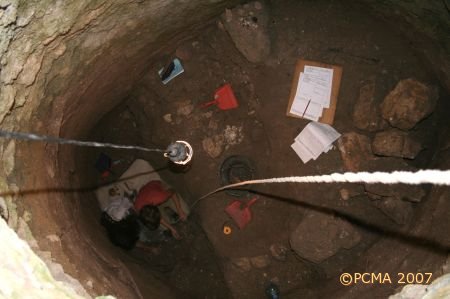
The team in Jiyeh, also headed by Dr. Tomasz Waliszewski, which has re-started after a few years break. The mission concentrated on re-clearing a Byzantine basilica in preparation for more extensive exploration in the vicinity. Jiyeh is a seaside town which, at least until the present round of hostilities, has been enjoying rapid building investment. This has put many of the antiquities in threat and the Polish expedition is becoming involved in various salvage operations conducted in association with the local municipal authorities. One opportunity that presented itself in 2005 was a 54-m long section trench which could be dug from the general area of the 5th-century church to the remnants of a much destroyed Roman-age necropolis. In previous seasons the team had excavated fragments of a pottery manufacturing center, tentatively dated to the 2nd century BC – 1st century AD and studies on this local ceramic production are under way.
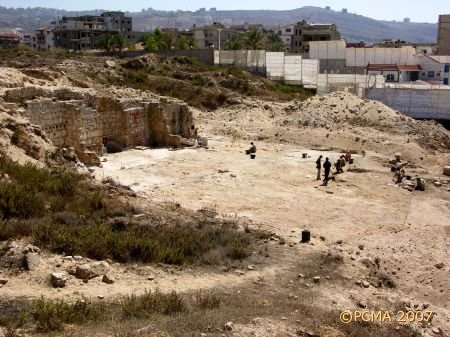
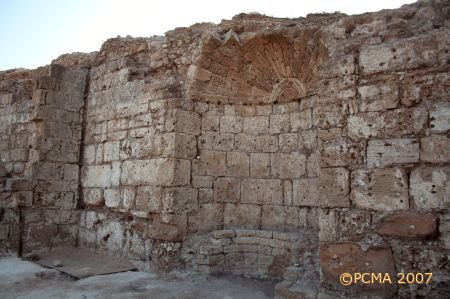
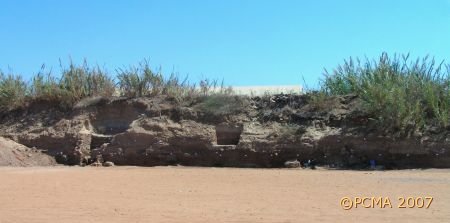
The team in Kaftoun, which is made up of restorers directed by Dr. Krzysztof Chmielewski of the Fine Arts Academy in Warsaw, specifically working on the preservation and restoration of an exceptional set of 13th-14th century murals uncovered inside the disused Church of Mar Sarkis belonging to the Greek Orthodox Monastery at Saidet Kaftoun. Work has been interrupted at a point when most of the inside walls have been tested for murals that are concealed under later plain coatings of plaster, and a conservation program had been established. Plans are for the church to be returned to ritual use following the completion of restoration works.
The team surveying the Auali (Eshmoun) Valley, co-headed by Dr. Krzysztof Jakubiak and Michał Neska, who had put in already two season of work in an area which will be flooded in effect of projected dam construction. The valley which reaches the sea just north of Sidon must have constituted the Phoenician town’s natural economic hinterland. Evidence of the region’s active role has started to accumulate, but of no less importance are geological and geomorphological investigations which have demonstrated how in historical times a lake emerged inside the valley, building up behind a natural dam in the form of a huge, presumably quake-related landslide tongue. It dried up in the Late Hellenistic or early Roman period. A second important change consisted in climate change in Late Roman times, which led to high flow of water and annual flooding of the valley, damaging many buildings of earlier date. The river cut through the accumulated lacustrine deposits forming in effect a deep eroded channel and stabilizing once again both river regime and water level. Samples were collected and will undergo laboratory analysis to confirm this theory.
